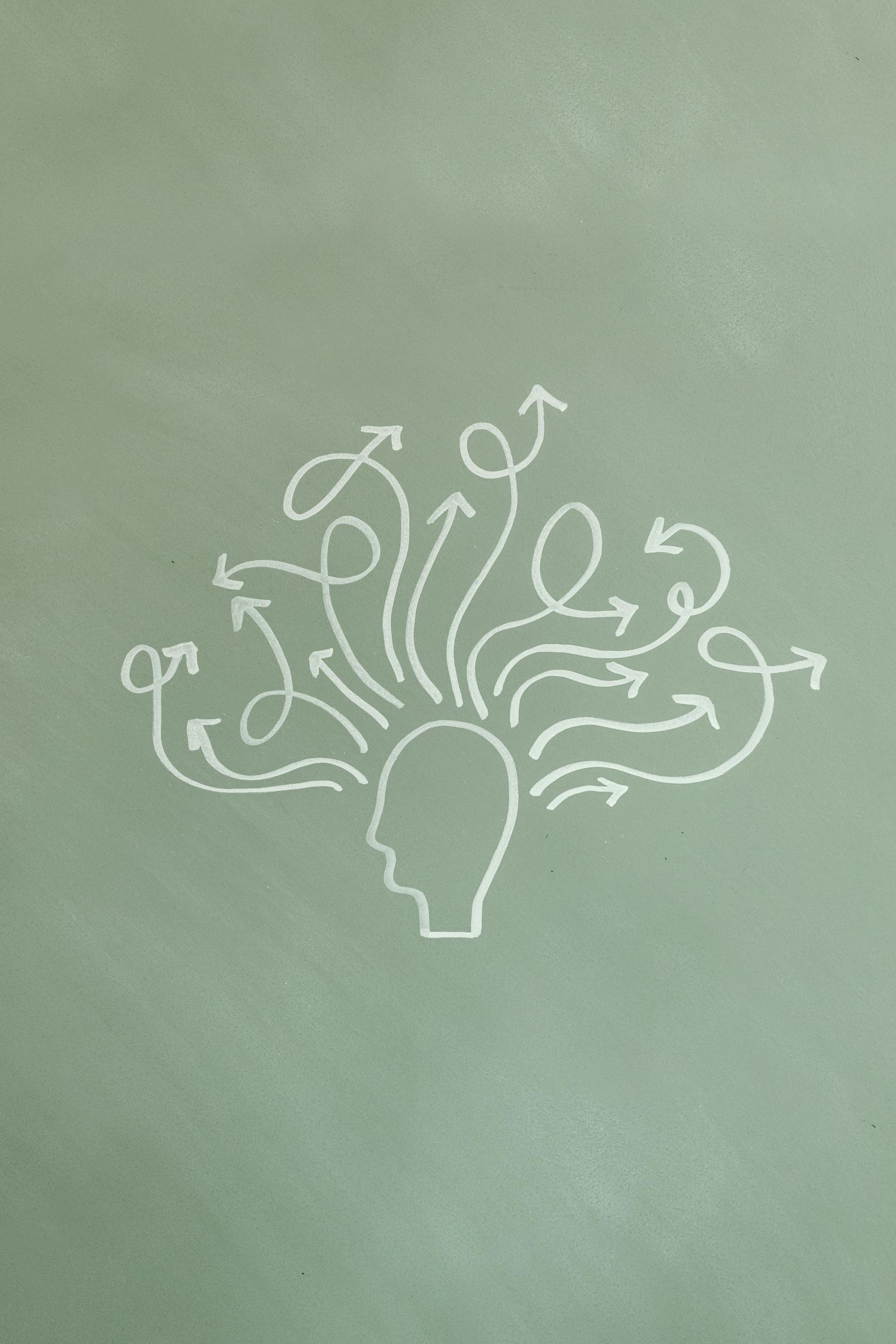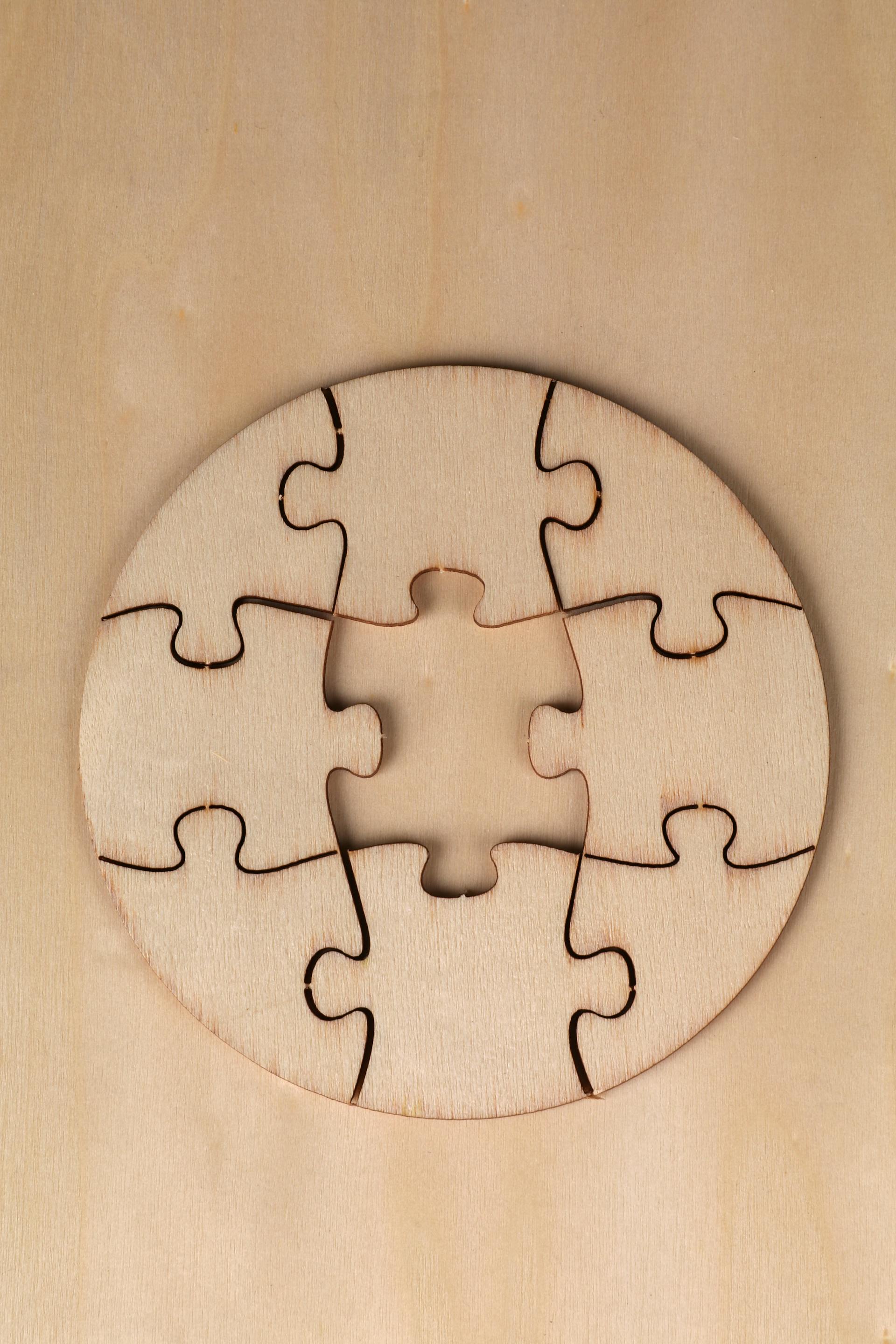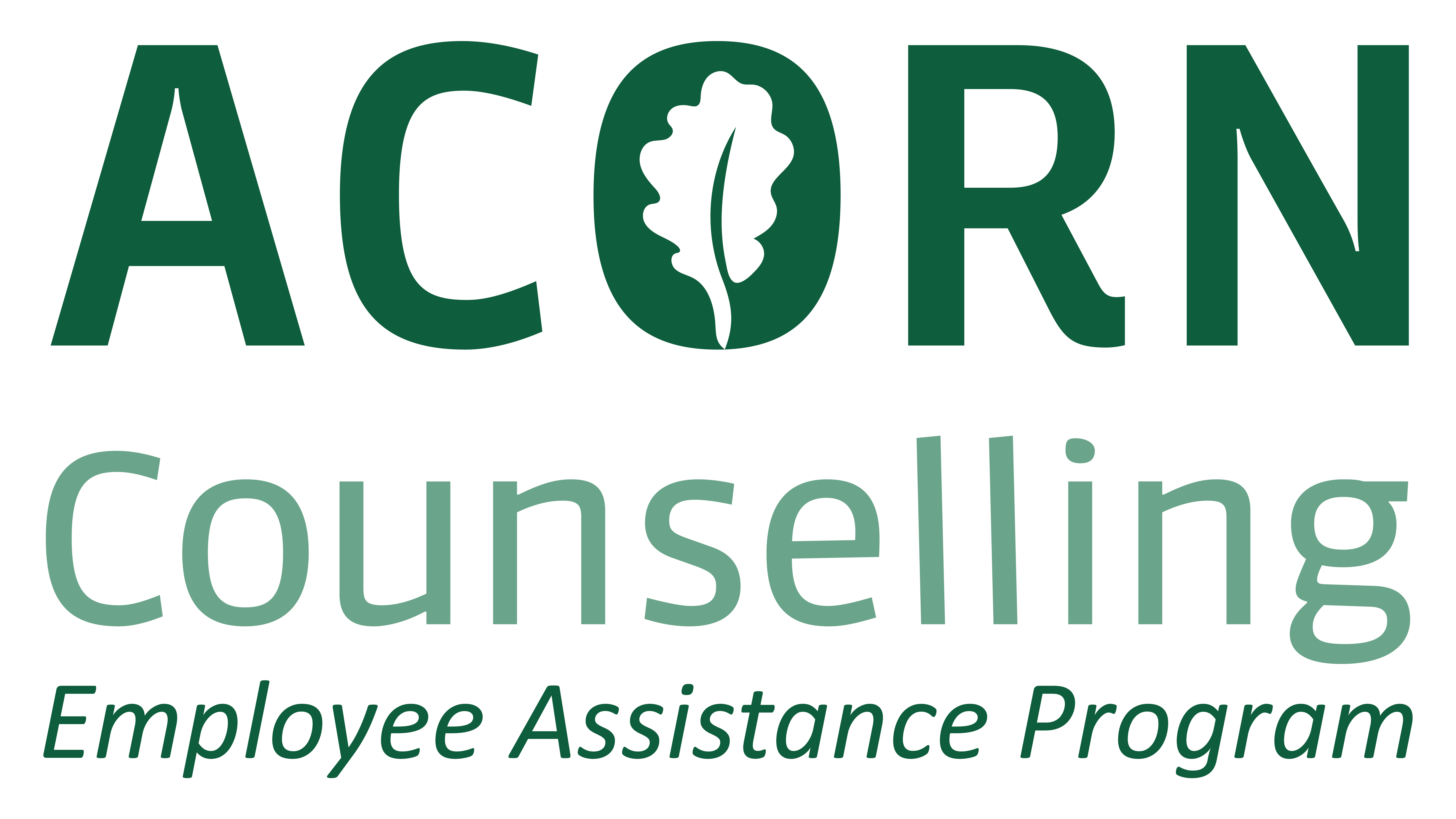
You’ve always struggled with focus. You start strong but rarely finish. You zone out in meetings. You forget the task that was just explained, but remember a throwaway comment from three years ago. You’ve been told you’re too sensitive, too distracted, too much—or not enough.
For years, you chalked it up to stress. Or personality. Or burnout.
But now, you're wondering... What if it's actually ADHD?
You wouldn’t be alone in asking that question.
In recent years, there’s been a noticeable increase in ADHD diagnoses among adults in Australia. Research suggests that up to 1 in 20 adults may meet the criteria for ADHD—yet the majority remain undiagnosed.
Many only begin to explore ADHD after a tipping point: ongoing burnout, repeated workplace struggles, relationship issues, or watching their child go through the diagnostic process and recognising the same traits in themselves.
The rise in awareness is positive—but it’s also uncovering just how many people, especially women and professionals, have been missed, misdiagnosed, or misunderstood for decades.
The Three Types of ADHD—And Why Some Go Under the Radar

1. ADHD – Predominantly Hyperactive-Impulsive Presentation
This is the most recognisable (and often stereotyped) form. Signs may include:
- Restlessness and fidgeting
- Interrupting or blurting out
- Talking excessively
- Impulsivity in speech or decision-making
- Difficulty sitting still for long periods
The ADHD Hyperactive-Impulsive type is most often diagnosed in childhood, particularly in boys.
2. ADHD – Predominantly Inattentive Presentation
This is where many women and quieter adults are missed. Signs may include:
- Trouble focusing or following through on instructions
- Frequent daydreaming or zoning out
- Forgetfulness, even with simple tasks
- Struggling with time management or organisation
- Appearing “scattered” or distracted—but not disruptive
The Predominantly Inattentive type doesn’t cause disruption in the classroom or boardroom, it’s often internalised, misread as laziness, anxiety, or being “too sensitive.”
3. ADHD – Combined Presentation
This is the most common type diagnosed in adults. The Combined Type includes symptoms of both inattentiveness and hyperactivity/impulsivity.
But here’s the thing: even within the types, ADHD looks different for everyone.
Why It’s Missed (Especially in Adults)

Most adults with ADHD have spent years developing coping strategies—some helpful, others exhausting. Many people with internalised ADHD are high achievers who mask their difficulties by:
- Over-preparing or overworking to avoid making mistakes
- Using perfectionism to hide disorganisation
- Staying late to finish tasks others completed hours ago
- Silently spiralling after meetings or feedback
- Appearing “together” on the outside while feeling chaotic inside
Because their struggles are internal or invisible, they often go unnoticed—or worse, dismissed.
Burnout vs ADHD: How to Tell the Difference

The overlap is real. Both can cause mental fog, exhaustion, irritability, and low motivation. But they’re not the same:
Burnout:
- Caused by chronic stress or workload
- Symptoms improve with rest or leave
- Often related to a specific period or role
- Can affect anyone
ADHD:
- A lifelong neurodevelopmental condition
- Symptoms persist regardless of downtime
- Present across multiple life domains
- Has a neurological basis, often with genetic links
It’s also worth noting: many people with undiagnosed ADHD experience burnout more often, simply from trying to function in a world not designed for their brains.
How to Get Assessed for ADHD in Australia

If you suspect you may have ADHD, here’s what the process usually looks like:
1. Start with a GP appointment
Talk to your GP about your concerns. Bring specific examples. If possible, complete a screening tool with a mental health professional beforehand.
2. Get a referral to a psychiatrist
In Australia, only a psychiatrist (or neurologist) can formally diagnose ADHD in adults. This is often required for medication and workplace adjustments.
3. Prepare for a wait
ADHD assessments can take months to access, especially through the public system. Private options are available but can be costly. Consider asking about telehealth options.
4. Diagnosis isn't the only path forward
You don’t need a diagnosis to access support and strategies to manage the condition. Which brings us to…
How Acorn EAP Can Help (With or Without a Diagnosis)
- At Acorn, we support many clients who are:
- Newly diagnosed
- On the waitlist for assessment
- Unsure whether it’s ADHD or just chronic burnout
- Looking for strategies to manage focus, overwhelm, and energy
We don’t diagnose, but our clinicians can:
- Help you explore whether ADHD may be worth investigating
- Support you emotionally while waiting for formal assessment
- Offer tools and strategies that improve focus, time management, emotional regulation, and overwhelm—with or without a label
- Assist managers in supporting neurodivergent staff with compassion and clarity
Our approach is neurodivergent-affirming, strengths-based, and completely confidential and many of our clinicians have direct lived experience of neurodiversity.
Learn more about Acorn EAP Services
ADHD Isn’t a Deficit—It’s a Different Way of Operating
 People with ADHD are often:
People with ADHD are often:
- Creative thinkers
- Empathetic leaders
- Big-picture strategists
- Energetic problem-solvers
- Deeply passionate about things that matter
The challenge isn’t the person—it’s the system they’ve been forced to adapt to, often at the cost of their mental health.
Workplaces that embrace neurodiversity don’t just retain great people—they help them thrive.
For guidance on building inclusive cultures, see Diversity Council Australia’s Neurodiversity at Work.
Final Words
If you’ve been feeling like you just can’t keep up—despite your best efforts—it might not be burnout. It might be something that’s been there all along.
And whether you choose to pursue a diagnosis or not, you deserve support.
You’re not failing. You’re just wired differently. And with the right tools, support, and understanding, you can move from overwhelmed to empowered—on your terms.